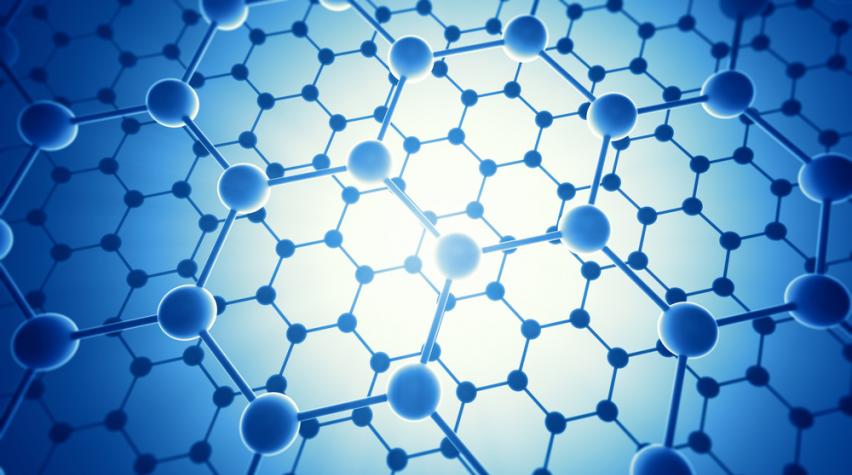
The spongy graphene known as laser-induced graphene (LIG) is extremely resistant to biofilm formation and exhibits antibacterial properties, according to researchers at Rice University.
The inherent anti-fouling characteristics make LIG a candidate for possible use in water treatment, oil drilling operations, hospitals, and various underwater applications.
Amped-up antibacterial traits
The already-known antibacterial traits of LIG were greatly enhanced when researchers applied low voltage current, ranging from from 1.1 to 2.5 V. The researchers likened the graphene to a bug zapper for bacteria.
While viewing a solution under a microscope, the researchers passed a 1.5 V current through a solution using LIG electrodes. A test showed that aeruginosa bacteria completely vanished in 30 second. At 2.5V, surface bacteria almost completely disappeared in one second.
To learn more about this research, see the scientists’ news release as well as their published findings.


